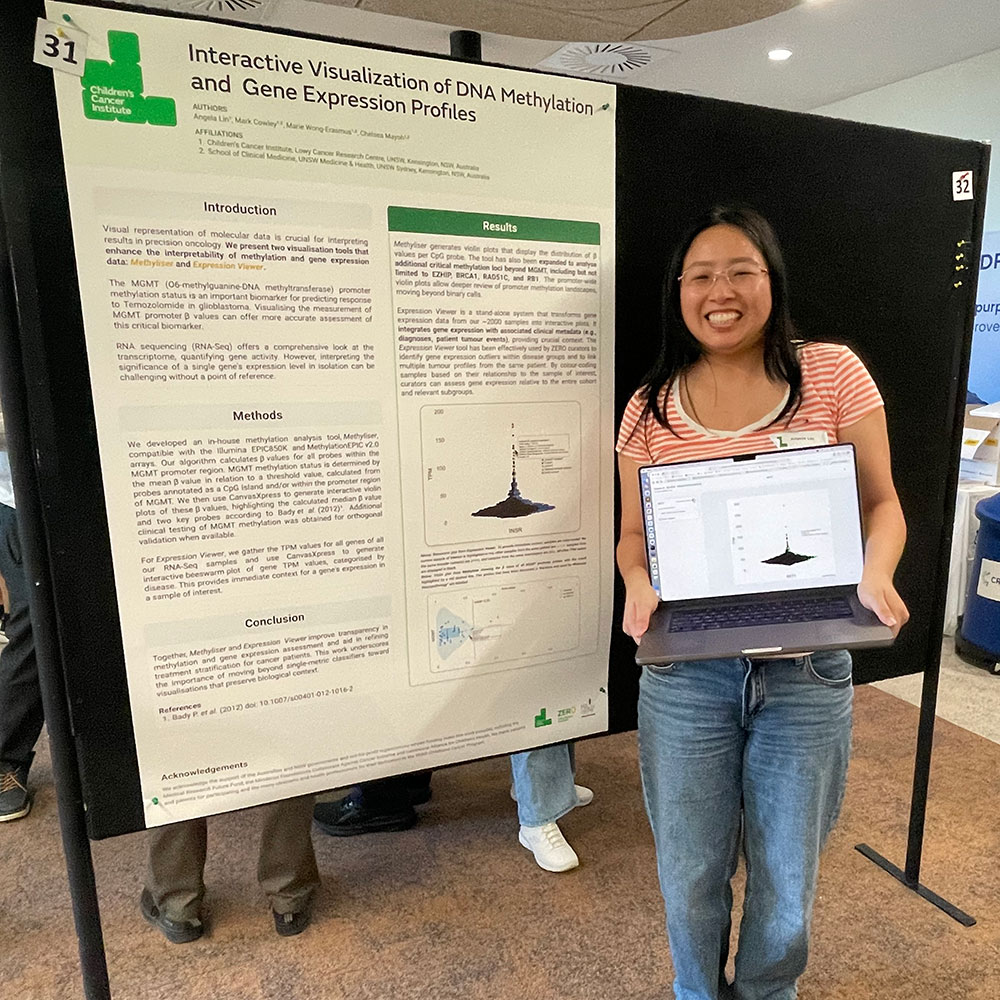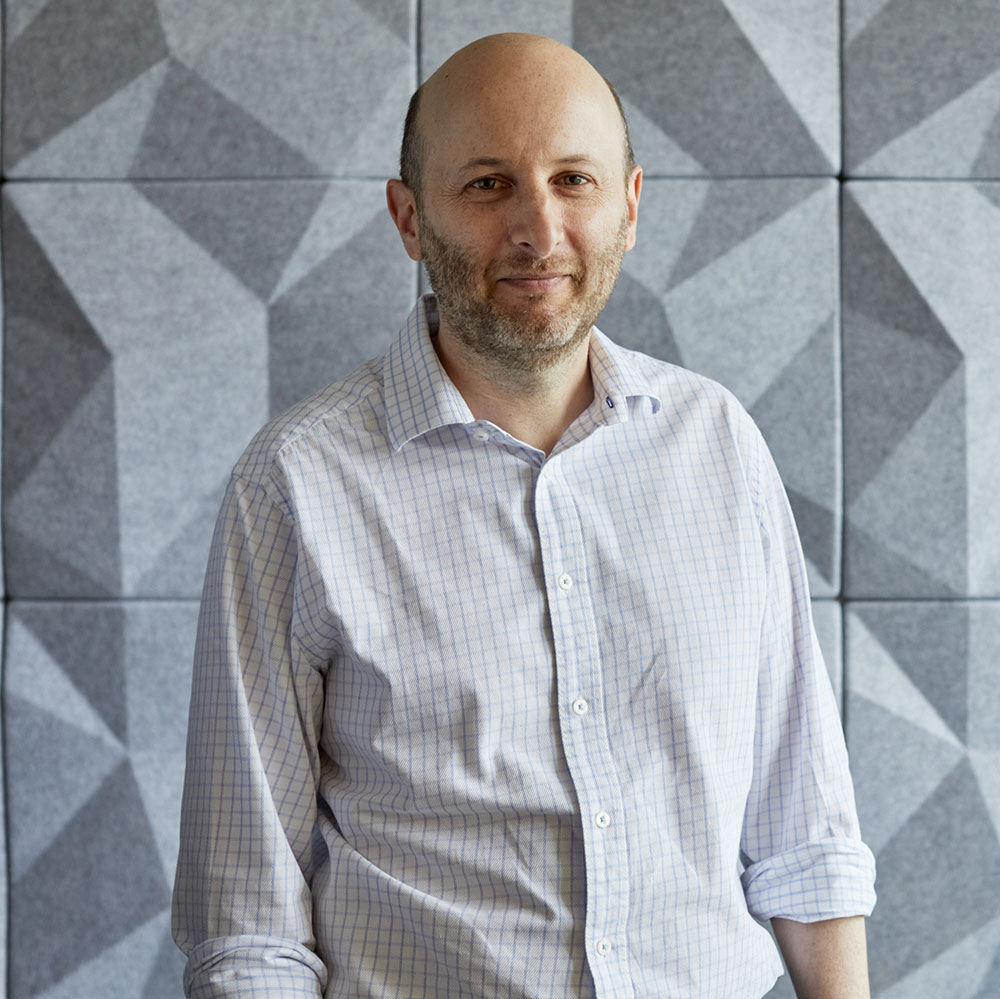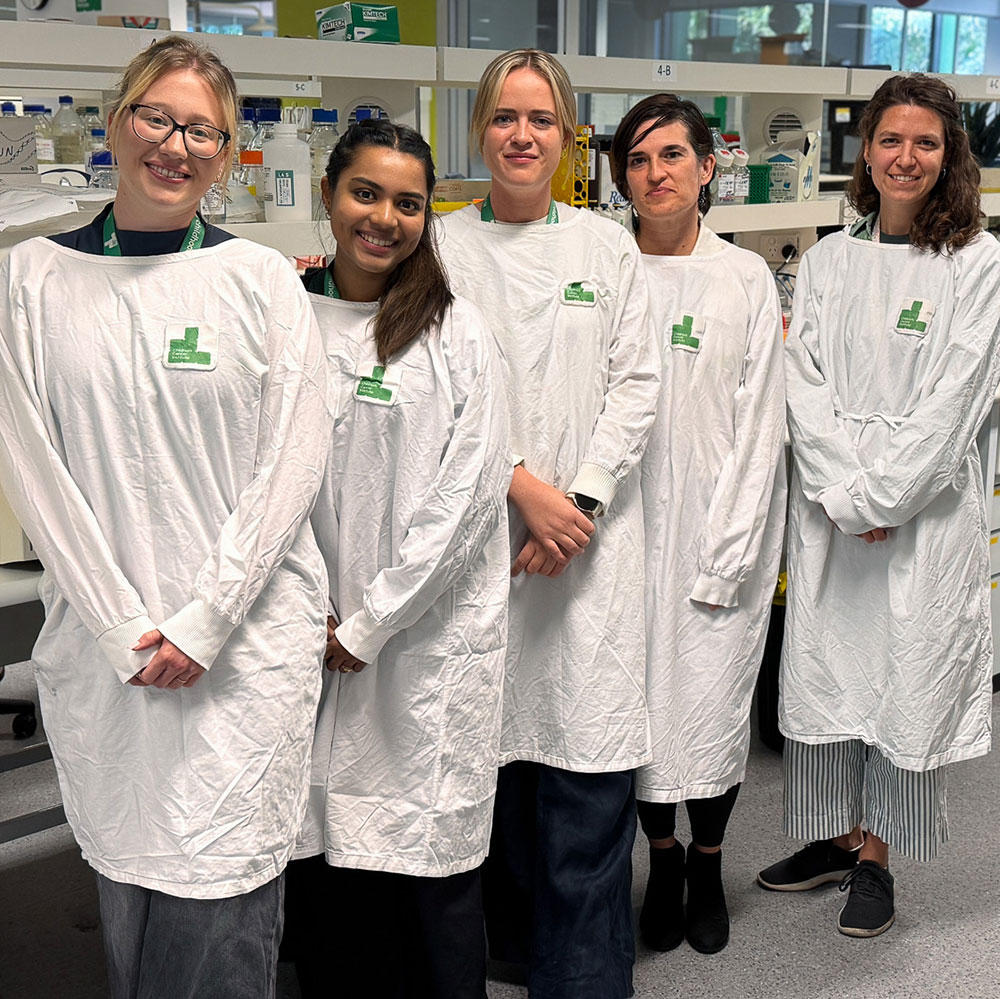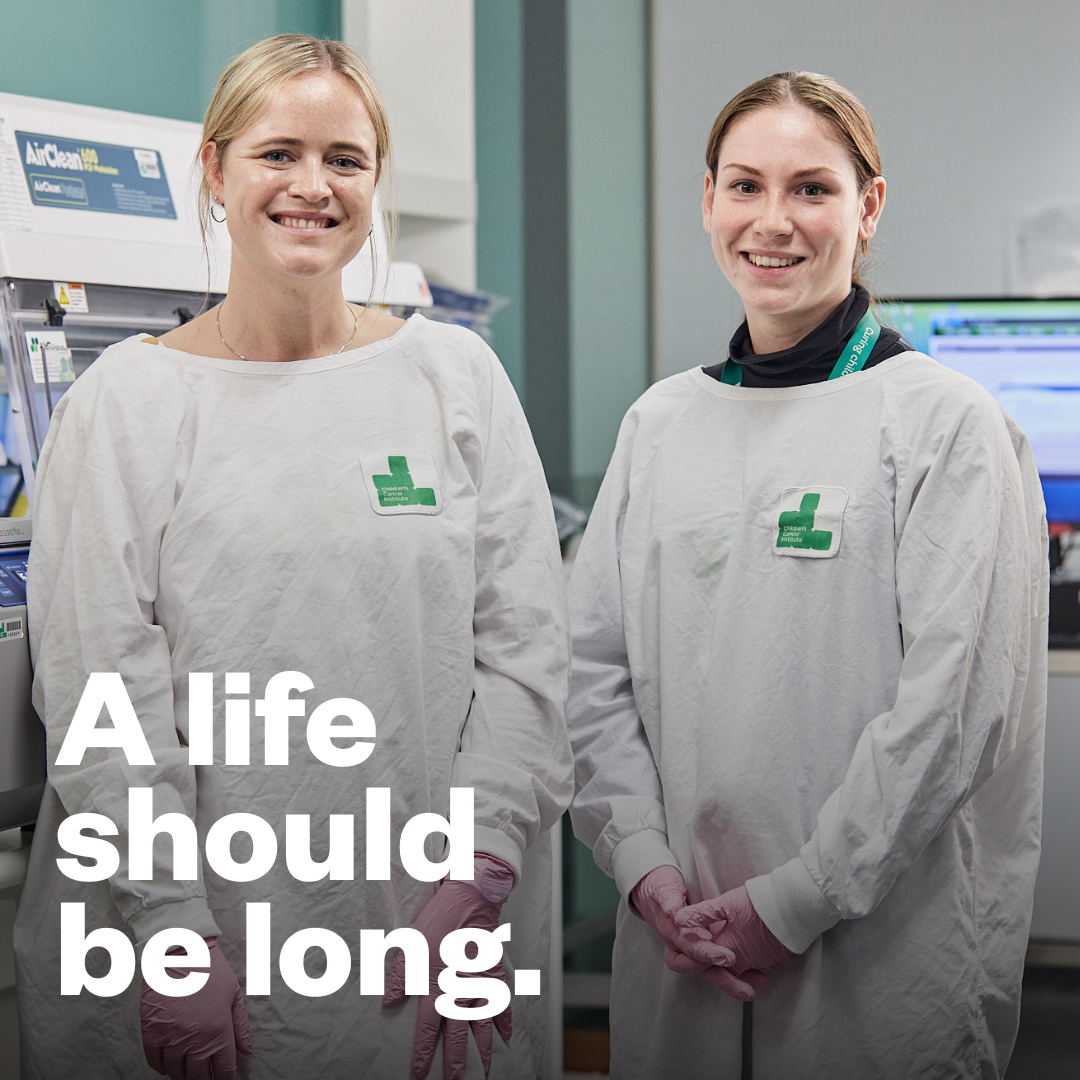Did you know?
Brain cancer is the second most common childhood cancer. In Australia, about 120 children and adolescents (0-19 year-olds) are diagnosed with brain cancer each year.[1]
Brain cancer kills more children than any other disease. We are losing about 45 precious young lives every year to brain cancer.[1]
The youngest kids have the highest risk of dying. The survival rate for children under 5 years old is less than 55%.[2]
Children who survive brain cancer are often left with serious health problems. These include growth abnormalities, vision and hearing problems, learning difficulties, anxiety and depression.[3]
Why do kids get brain cancer?
In a small number of cases, an inherited condition can cause cancer in a child. But most of the time, the cause is unknown. We know that gene changes can happen in cells that cause them to become cancerous, but it’s not clear why – it seems to happen randomly. This is one reason why research into brain cancer is so badly needed.
What makes brain cancer so deadly?
When cancer grows in the brain, it can grow quickly and spread aggressively. Finding ways to kill it can be extremely challenging. The brain is an essential organ, so doctors need to tread carefully.
Depending on where the tumour is growing, surgery may or may not be possible. The ‘blood-brain barrier’ (the body’s natural barrier to stop dangerous chemicals reaching the brain) can make chemotherapy ineffective. And often radiation therapy is not a great option, because it can interfere with the normal development of the brain, especially in young kids.[4]
Doctors are often left with very few treatment options. The need to develop more effective therapies to offer hope to affected children and their families is nothing short of desperate.
What types of brain cancer do kids get?
‘Brain cancer’ is an umbrella term that includes many different types of cancer. These tend to be classified by where in the brain they started growing, and what type of cells they’re made up of.
In children, the most common sites for brain cancer are the cerebellum (at the back of the brain) and the brain stem (at the base of the brain).[2]
DIPG (diffuse intrinsic pontine glioma)
Around 20 Australian children are diagnosed with DIPG each year. This cancer grows rapidly, with devastating consequences – most children diagnosed die within 9 months of diagnosis. Because it grows in the brainstem, DIPG can’t be removed by surgery and is notoriously difficult to treat.
Medulloblastoma
Medulloblastoma is the most common brain cancer in children. It starts in the cerebellum, which controls muscle coordination, balance and movement. There are about 25 new cases diagnosed each year in Australia in children under 15, and the five-year survival rate is around 71%.[5]
Glioblastoma
Glioblastoma can grow anywhere in the brain but is usually found in the cerebral hemispheres, which control higher functions like speech and thought. It is highly malignant, meaning it tends to grow and spread very quickly. Children with glioblastoma face a dismal five-year survival rate of less than 10%.[6] Even with intensive treatment, most kids relapse within a year of diagnosis.

The Levi’s Project team, led by Dr Maria Tsoli (left), Levi Wheeler fellow.
What’s being done about brain cancer in kids?
Our researchers are doing everything they can to improve the outlook for kids with brain cancer.
- We started Australia’s first-ever DIPG research program. We now have tumour specimens collected from around Australia, and are growing DIPG cells and screening thousands of drugs against them to find out what’s effective. Recently we launched Levi’s Project, which is dedicated to developing Australia’s first-ever treatment protocol for children with DIPG.
- We’re pushing science to its limits, exploring whether nanotechnology can be used to create better treatments for medulloblastoma. This includes designing ‘nanoparticles’ capable of packaging and delivering anticancer agents directly to medulloblastoma
- We’re making world-first discoveries about the role of copper in brain cancer. We’ve shown that glioblastoma cells need copper for their growth and spread, and are exploring whether changing copper levels in these cells can help block their growth or make them more vulnerable to attack by the body’s immune system.
- We’re running the Zero Childhood Cancer Program in partnership with Kids Cancer Centre at Sydney Children’s Hospital, to make personalised treatment available for children with brain tumours and other high-risk cancers. Through this world-leading program, we hope to see more children with brain cancer survive than ever before.
Sources:
- https://www.aihw.gov.au/reports/cancer/cancer-data-in-australia
- https://www.aihw.gov.au/reports/cancer/cancer-in-australia-2019/data (Ch 7 Survival)
- aihw.gov.au/reports/cancer/brain-other-central-nervous-system-cancers/
- https://www.aans.org/en/Patients/Neurosurgical-Conditions-and-Treatments/Brain-Tumors
- https://cancerqld.org.au/research/queensland-cancer-statistics/accr/
- https://www.aihw.gov.au/getmedia/d2914a17-052e-45bb-bbd3-17047c7d5da1/20566.pdf.aspx?inline=true















